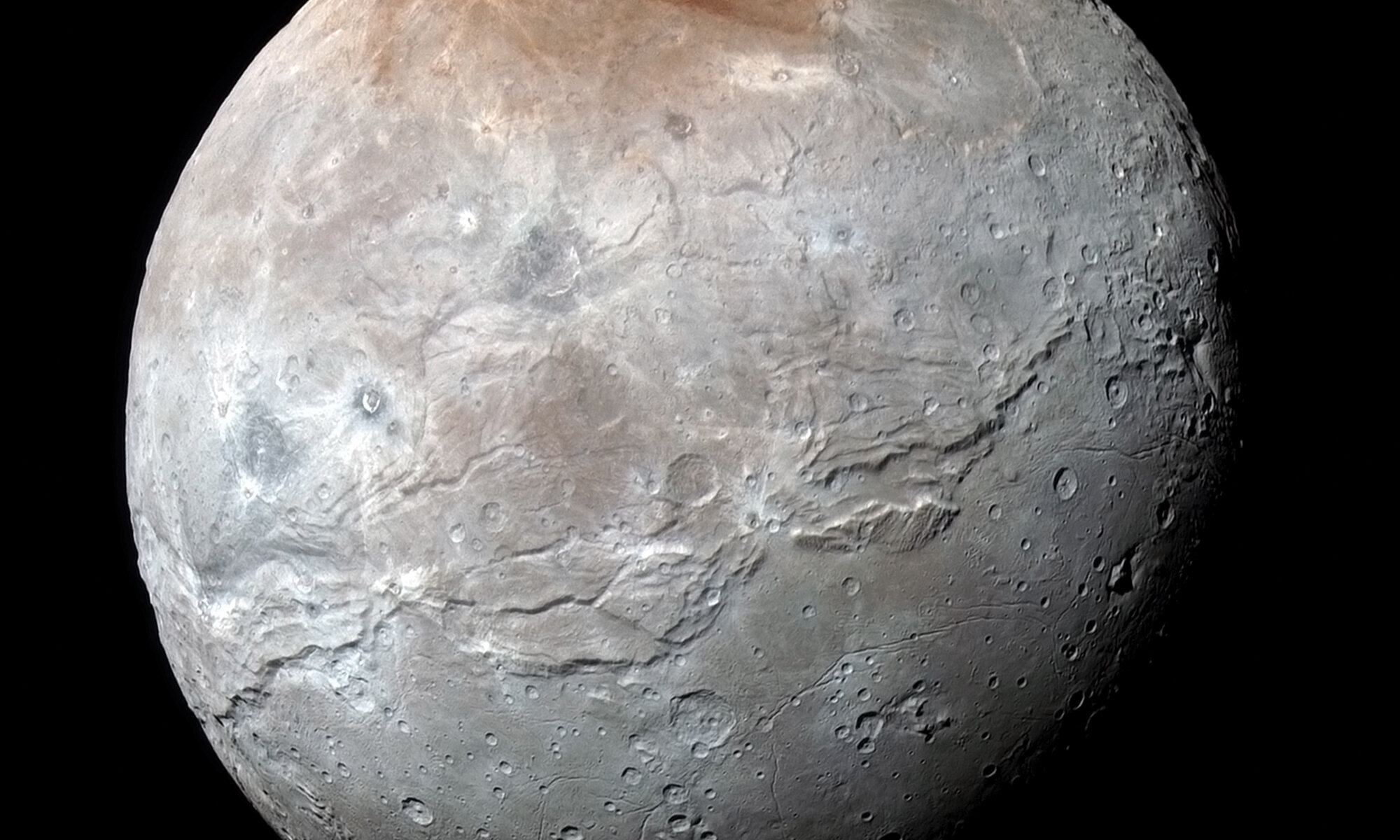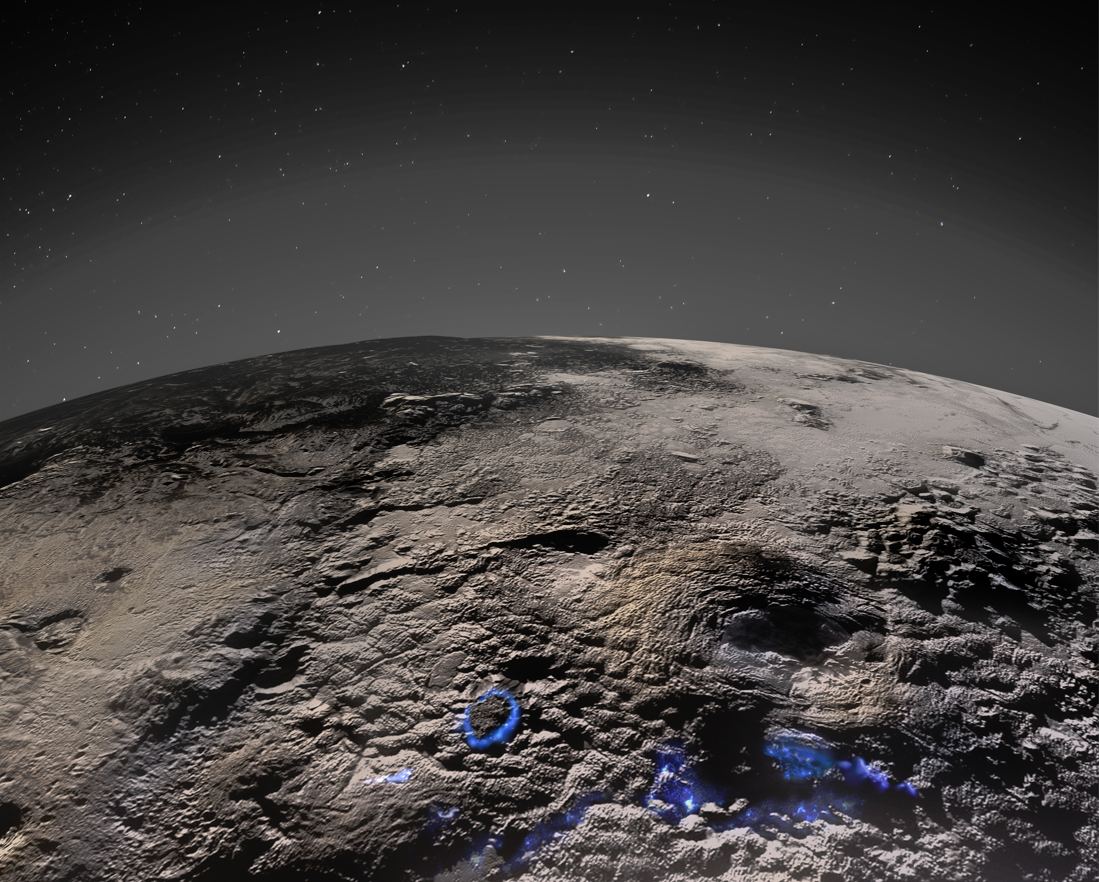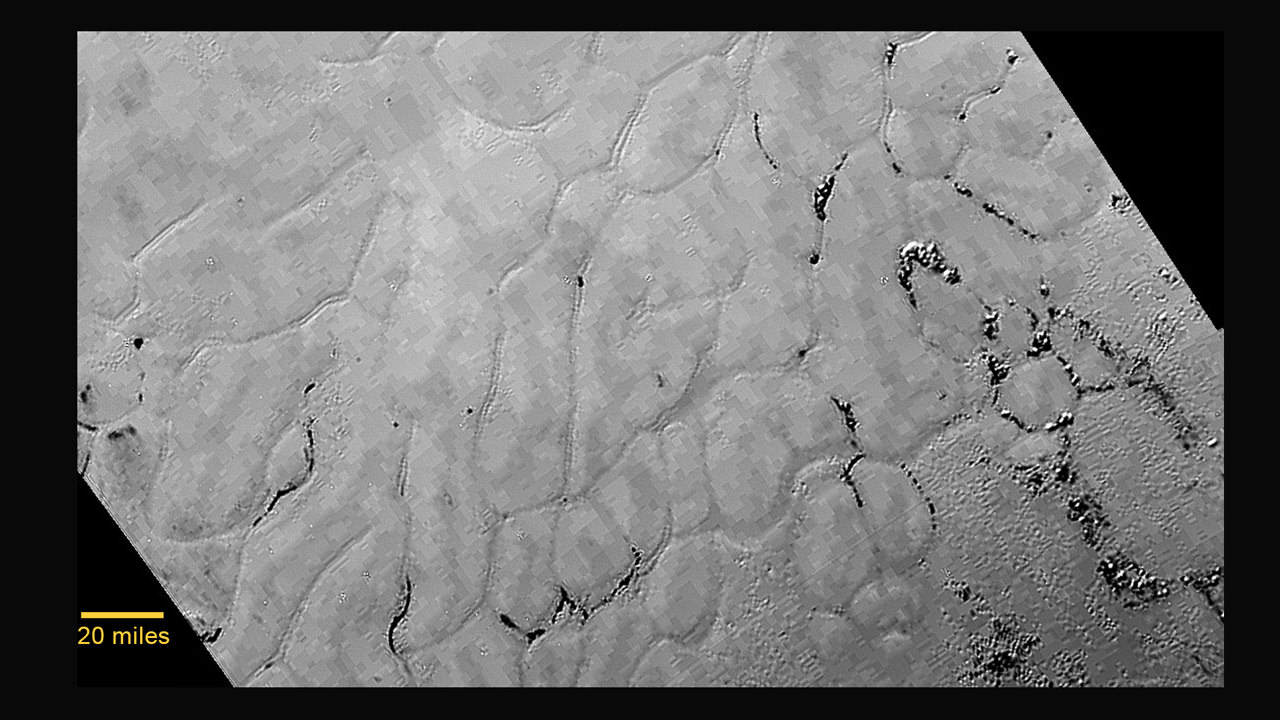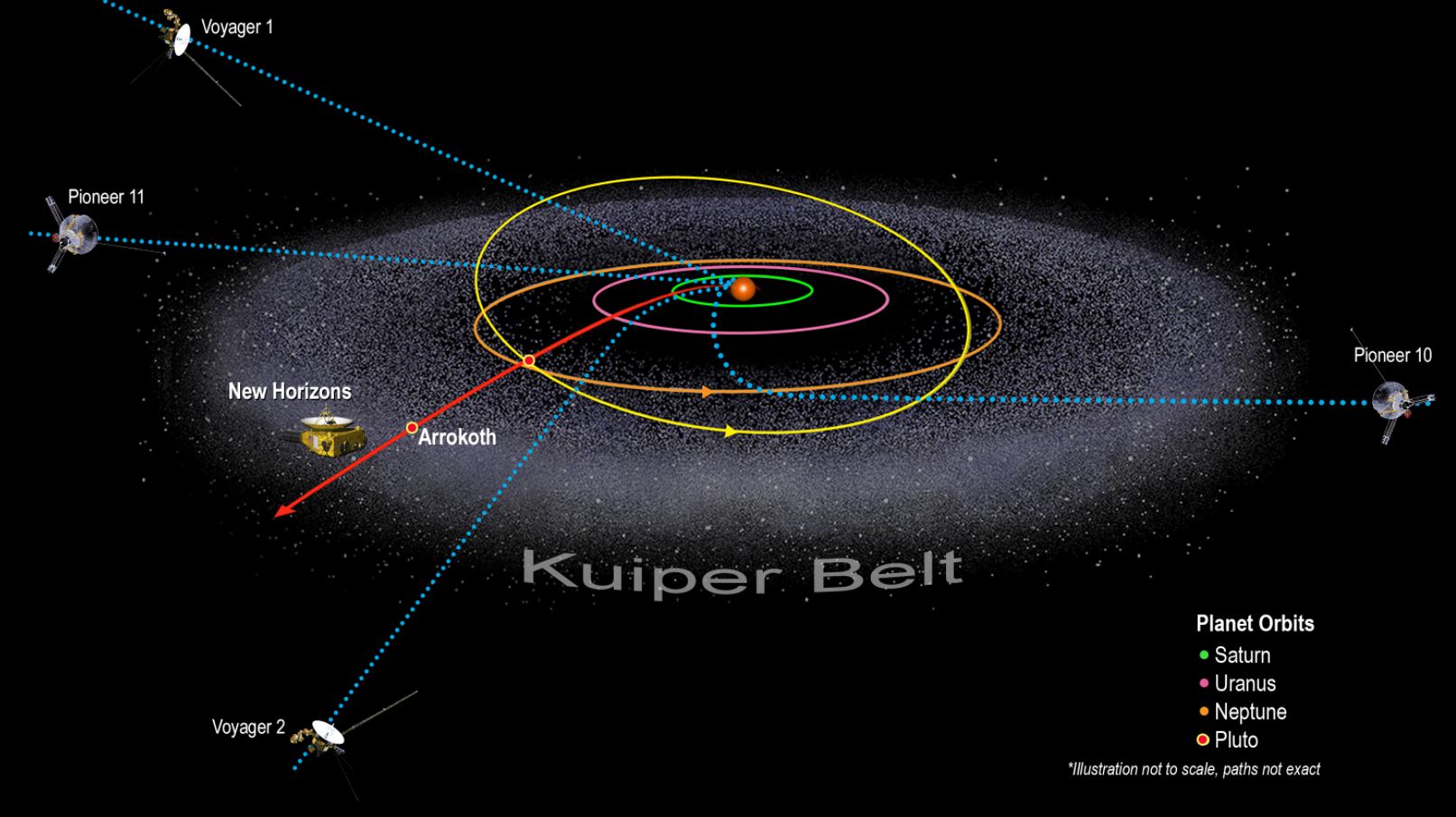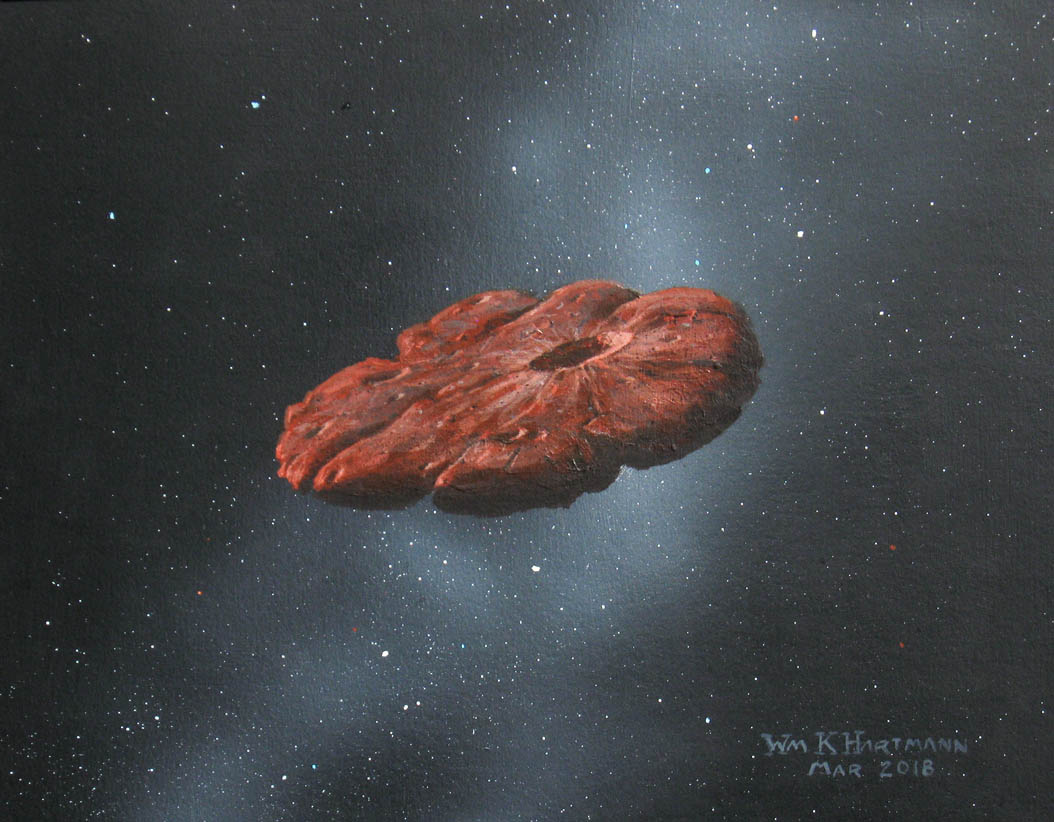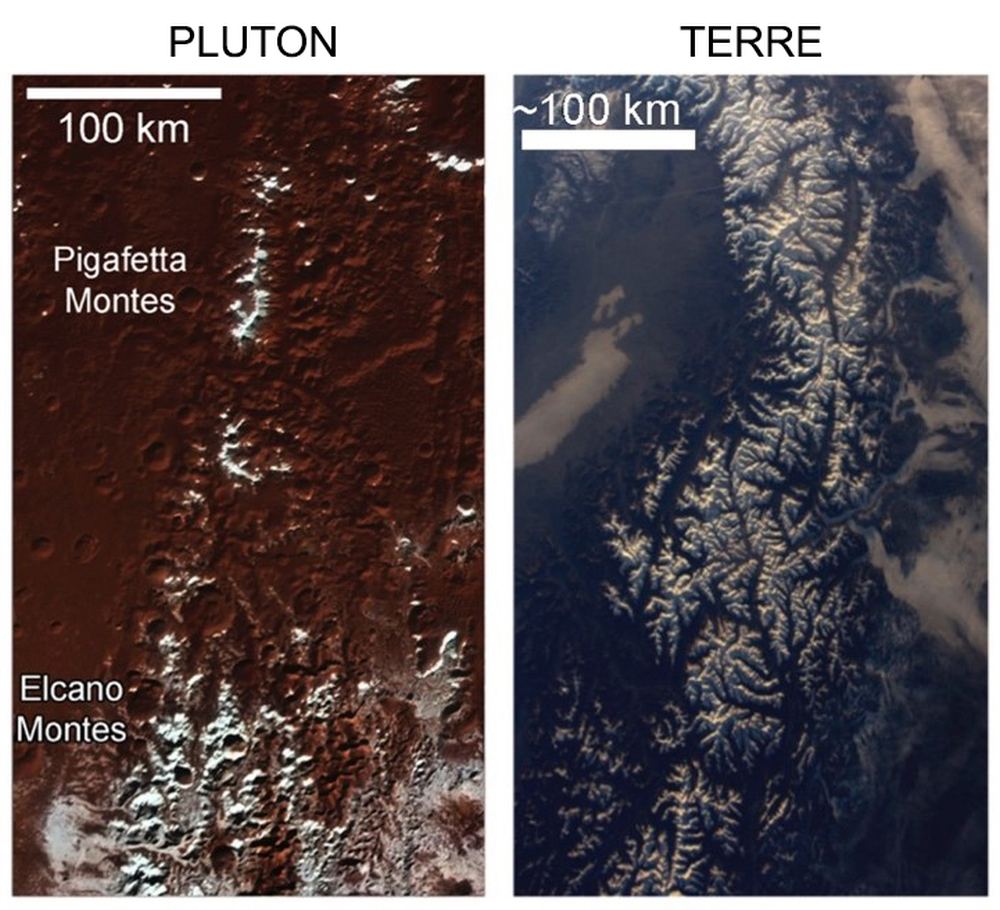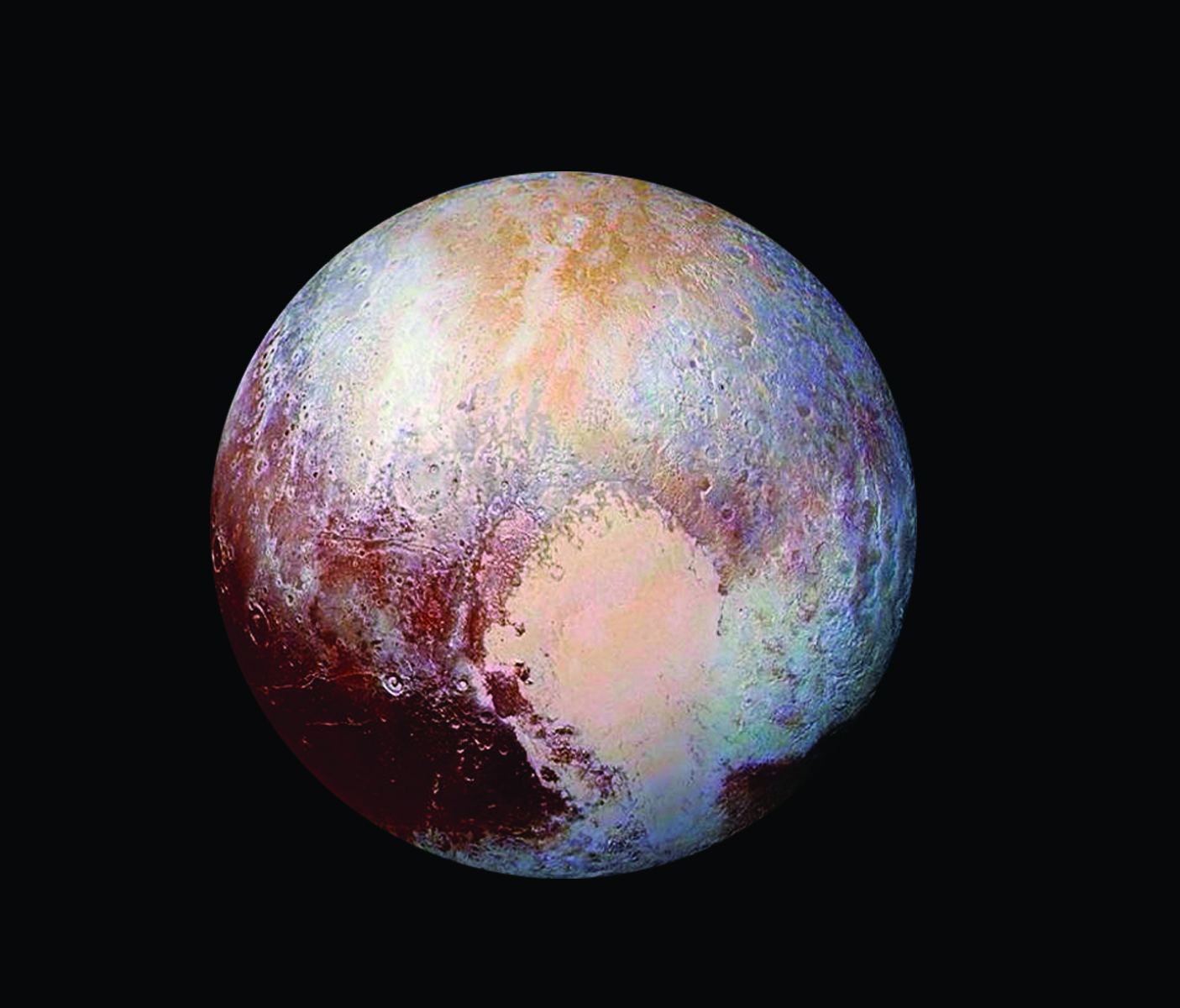Nearly eight years after its historic Pluto flyby, NASA’s New Horizons probe is getting ready for another round of observations made from the icy edge of the solar system — and this time, its field of view will range from Uranus and Neptune to the cosmic background far beyond our galaxy.
Scientists on the New Horizons team shared their latest discoveries, and provided a preview of what’s ahead, during this week’s Lunar and Planetary Science Conference in The Woodlands, Texas.
Continue reading “Pluto Team Updates Science From the Solar System’s Edge”


